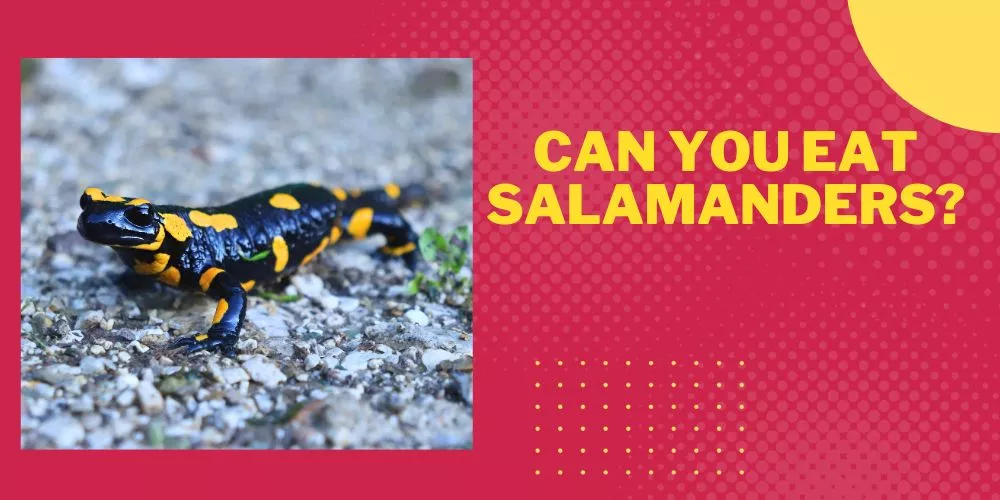Regarding food, humans have always been adventurous and resourceful in finding new sources of sustenance.
One such source that has sparked curiosity and raised eyebrows is venomous snakes. While these creatures are often feared for their deadly bites, many wonder if they can be safely consumed and if their venom poses any risk when ingested.
So, can you eat venomous snakes?
Well, it may sound strange, but you can actually eat venomous snake provided they are properly cleaned, prepared and cooked at a high temperature before eating.
In this article, we will delve into the world of venomous snakes, exploring their potential as a culinary delicacy and addressing the safety concerns surrounding their consumption.
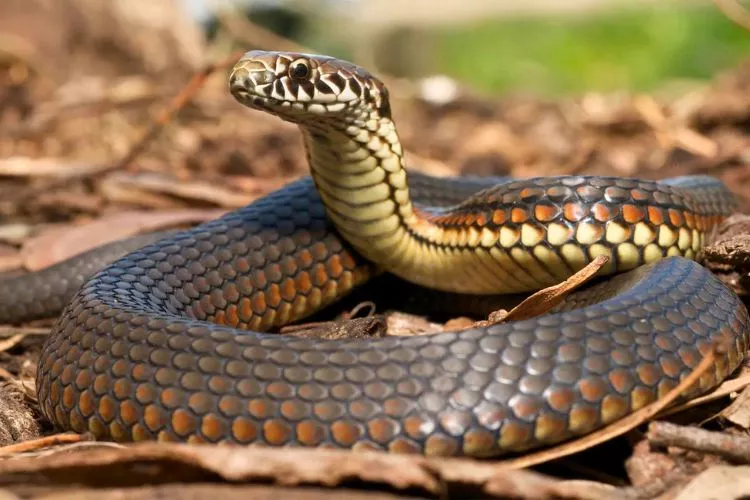
Join us as we unravel the mysteries of these dangerous reptiles and their place on our dinner plates.
Can You Eat Venomous Snakes?
Yes, you can eat venomous snakes, provided they are properly prepared and cooked. Cooking the snake at high temperatures denatures the venom proteins, rendering them harmless. Additionally, snake venom is not toxic when ingested, as it needs to enter the bloodstream to cause harm.
However, it is crucial to exercise caution while handling and preparing venomous snakes, ensuring you avoid contact with their fangs and venom glands.
Consuming venomous snakes is practiced in some cultures, and they can be a source of protein and other nutrients.
Can you eat a venomous snake raw?
Eating a venomous snake raw is not recommended due to the risk of venom entering your bloodstream through cuts or open wounds in your mouth, stomach, or anywhere else the venom would pass through.
While snake venom is not toxic when ingested, it can cause harm if it enters the bloodstream.

To be safe, it is advised not to eat a venomous snake raw, especially if you have a wound that venom could find its way into.
How to cook a venomous snake?
Cooking a venomous snake can be a unique and adventurous culinary experience. However, following proper safety measures and techniques is essential to ensure a safe and delicious meal.
Here’s a detailed guide to help you cook a venomous snake:
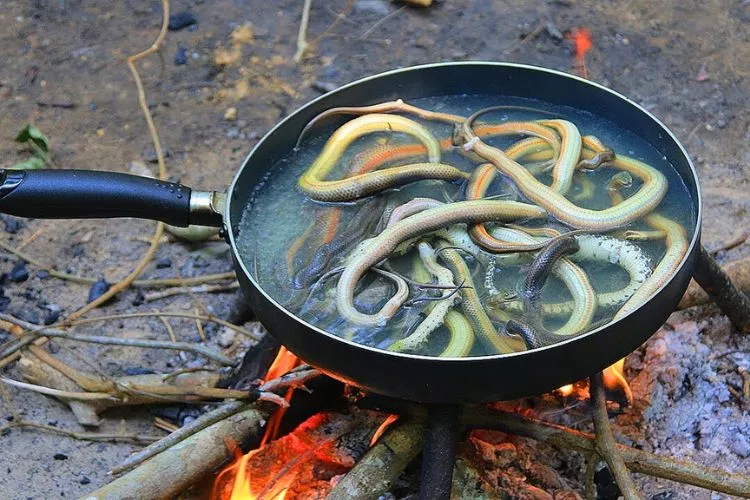
Step 1: Safety Precautions
- Always wear protective gloves when handling venomous snakes, even dead ones.
- Keep a safe distance from the snake’s head, as some reflex actions may still occur.
- Work in a well-ventilated area to minimize the risk of accidentally inhaling venom.
Step 2: Kill and Clean the Snake
- If the snake is alive, humanely kill it using a sharp, heavy object to sever the head from the body.
- Dispose of the head carefully, as the fangs can inject venom even after the snake dies.
- Make a shallow incision along the belly of the snake from the head to the tail.
- Peel back the skin, remove the internal organs, and discard them.
Step 3: Prepare the Meat
- Rinse the snake’s body thoroughly under cold running water to remove any remaining blood or debris.
- Cut the snake into manageable sections, usually 6-8 inches long.
- Remove any remaining scales or skin from the meat.
Step 4: Marinate the Meat (Optional)
- To enhance the flavor, marinate the snake meat in your choice of marinade for at least 30 minutes or up to 24 hours.
- Some popular marinades include soy sauce, garlic, ginger, lemon juice, herbs, and spices.
Step 5: Choose a Cooking Method
There are several ways to cook snake meat, including grilling, frying, baking, or slow-cooking. Choose a method that suits your taste and preference.
Grilling
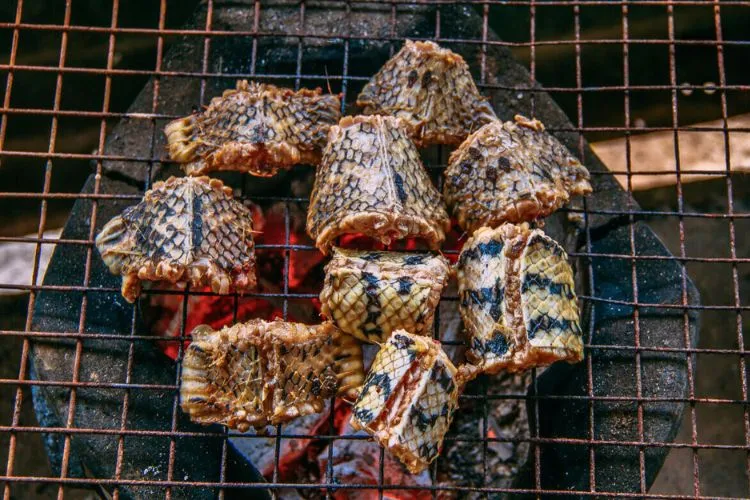
- Preheat the grill to medium-high heat.
- Thread the snake meat onto skewers and brush with oil to prevent sticking.
- Grill the meat for 3-4 minutes on each side or until cooked.
Frying
- Heat oil in a frying pan over medium heat.
- Coat the snake meat in seasoned flour or breadcrumbs.
- Fry the meat for 3-4 minutes on each side or until golden brown and cooked through.
Baking
- Preheat the oven to 350°F (175°C).
- Place the snake meat on a baking sheet lined with parchment paper or aluminum foil.
- Bake for 20-25 minutes or until the meat is cooked through.
Slow-Cooking
- Place the snake meat in a slow cooker with your choice of vegetables, broth, and seasonings.
- Cook on low heat for 6-8 hours or until the meat is tender and easily falls apart.
What snake can you not eat?
While most snake species are safe to consume when properly prepared and cooked, some dangerous species pose a higher risk when handling and preparing them.
This section will discuss some of the snake species that are best avoided for consumption and provide more details about each.
Taipans (Death Adders)
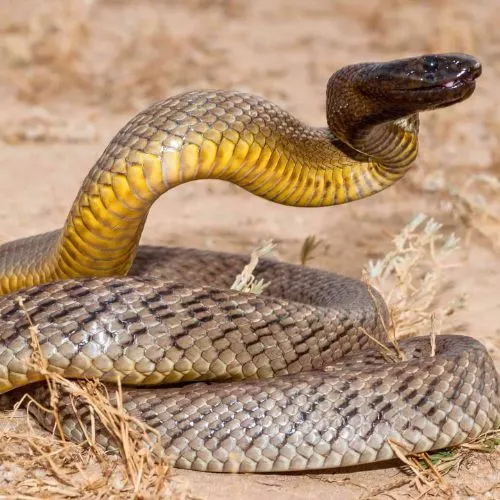
Taipans are among the most venomous snakes in the world, and their venom can cause severe symptoms, including paralysis, kidney damage, and even death.
Handling taipans for consumption can be extremely dangerous, and the risk of envenomation outweighs any potential culinary benefit.
Tiger Snakes
Tiger snakes are another highly venomous species found in Australia.
Their venom contains potent neurotoxins, which can lead to paralysis, muscle damage, and death if not treated promptly.
Due to the risk of envenomation during handling and preparation, it is best to avoid consuming tiger snakes.
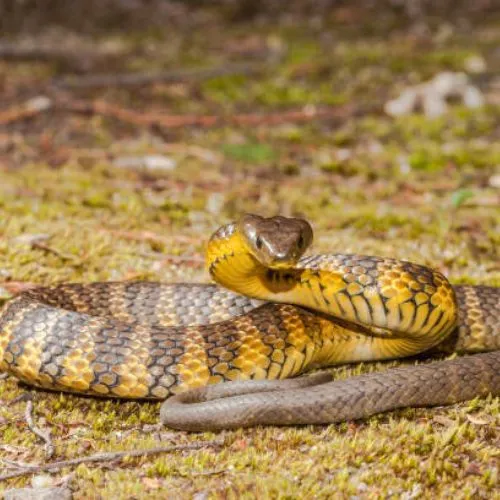
Brown Tree Snakes
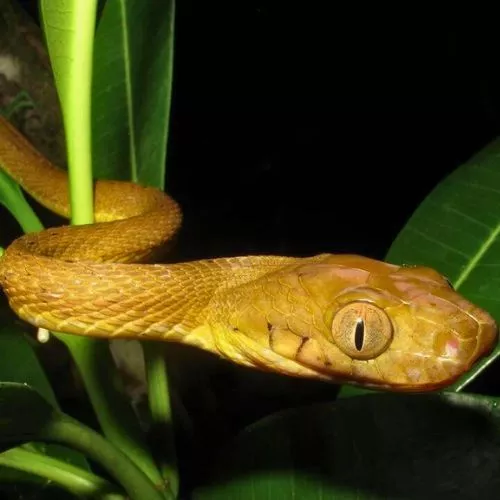
Brown tree snakes, native to Australia, Papua New Guinea, and the Solomon Islands, are mildly venomous.
While their venom is not typically lethal to humans, it can cause severe pain, swelling, and difficulty breathing.
The risk of envenomation during handling and preparation makes them a less desirable choice for consumption.
Black-headed Pythons
Black-headed pythons are non-venomous snakes found in Australia.
However, they carry parasites, such as pentastomids, which can cause respiratory and gastrointestinal infections in humans.
Due to the risk of parasite transmission, it is best to avoid consuming black-headed pythons.
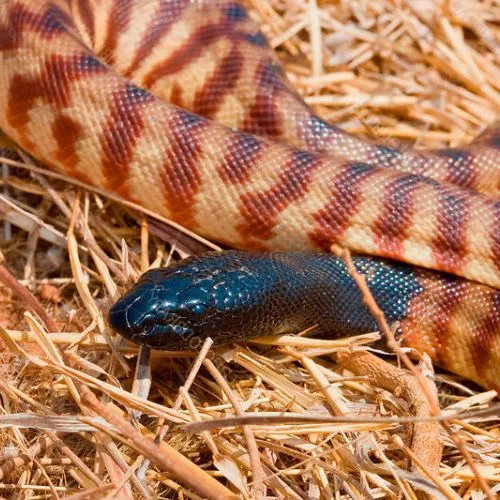
General Precautions
When dealing with any snake species for consumption, exercising caution and following proper safety measures is crucial. Ensure the snake is properly cleaned, prepared, and cooked to minimize potential health risks.
If you are not experienced in handling snakes, it is best to avoid consuming venomous or potentially dangerous species altogether.
Frequently Asked Questions (FAQs)
u003cstrongu003eIs Cobra meat edible?u003c/strongu003e
Yes, cobra meat is edible when properly prepared and cooked. In some cultures, particularly in Asia, cobra meat is considered a delicacy and is believed to have medicinal properties. To safely consume cobra meat, it is essential to remove the venom glands and fangs and cook the meat thoroughly, which denatures the venom proteins, rendering them harmless.
u003cstrongu003eIs it safe to eat copperhead?u003c/strongu003e
Yes, it is safe to eat copperhead snakes when handled and prepared correctly. Like other venomous snakes, copperheads can be consumed if their venom glands and fangs are removed, and the meat is cooked properly. Cooking at high temperatures neutralizes the venom, making it safe for consumption.
u003cstrongu003eAre all venomous snakes edible?u003c/strongu003e
Most venomous snakes are edible when properly prepared and cooked. The key is removing the venom glands and fangs to eliminate the risk of envenomation and then cooking the meat thoroughly to denature the venom proteins. However, it is essential to exercise caution when handling and preparing venomous snakes and avoid consuming species that may carry parasites or other health risks.
u003cstrongu003eWhat snake is poisonous if you eat it?u003c/strongu003e
No known snakes are poisonous when eaten, as snake venom is not toxic when ingested. However, the venom can be dangerous if it enters the bloodstream through cuts or open mouth, or digestive system wounds. To minimize the risk, removing the venom glands and fangs and cooking the snake meat thoroughly before consumption is crucial.
Conclusion:
Eating venomous snakes is possible when proper safety measures and preparation techniques are followed. While consuming venomous snakes may seem daunting, cooking the meat thoroughly neutralizes the venom, rendering it harmless.
It is essential to remove the venom glands and fangs, exercise caution when handling the snake, and choose the right cooking method to ensure a safe and enjoyable culinary experience.
However, some snake species may carry parasites or other health risks, and most venomous snakes can be safely consumed.
With a growing interest in exotic and adventurous cuisine, consuming venomous snakes offers a unique and memorable dining experience for those willing to take the challenge.

